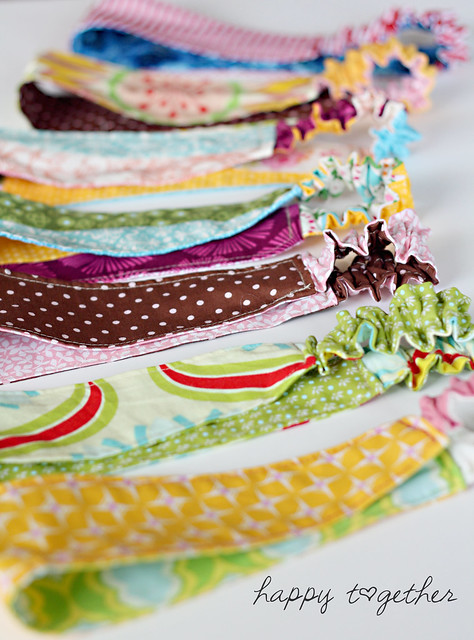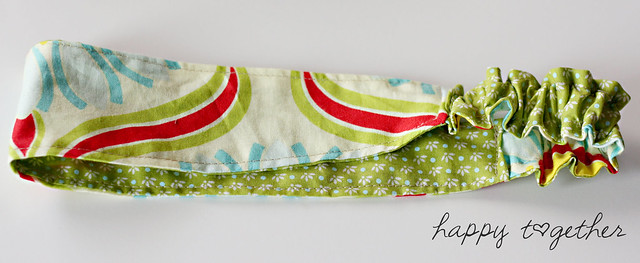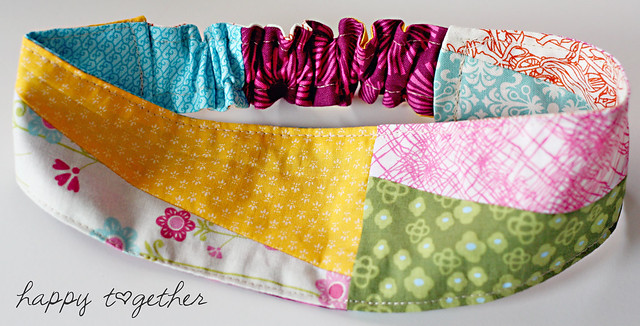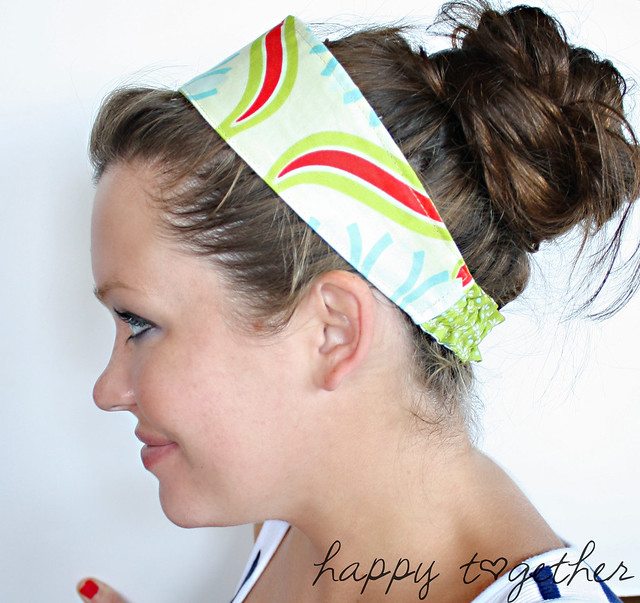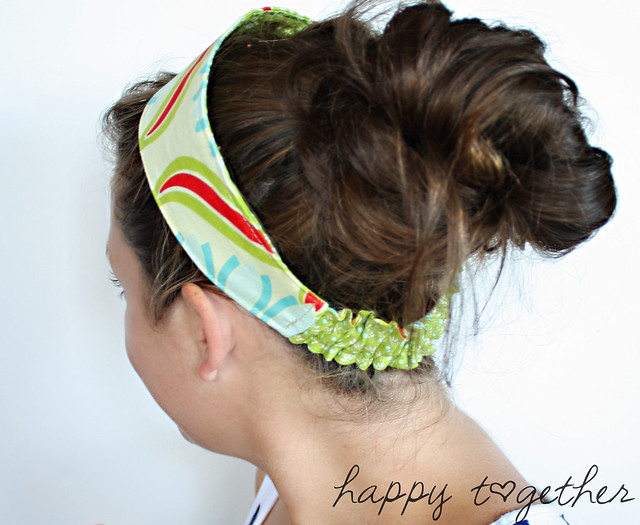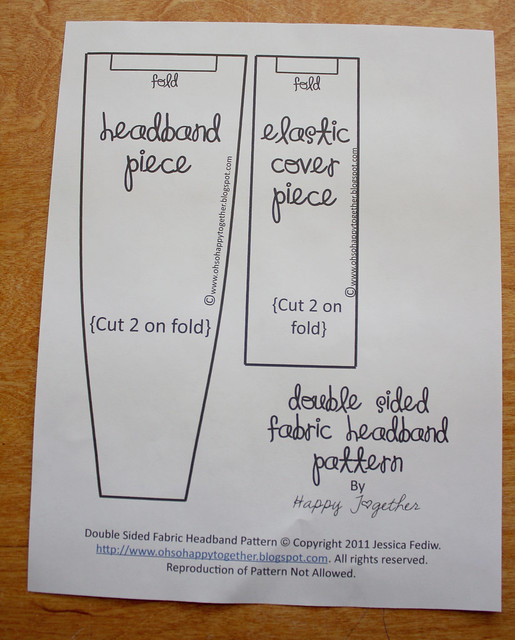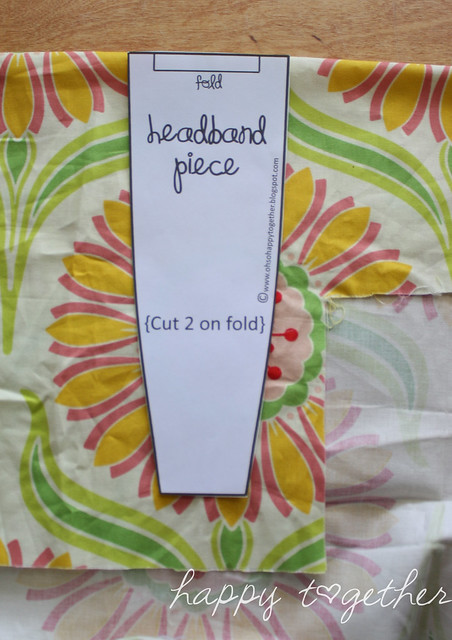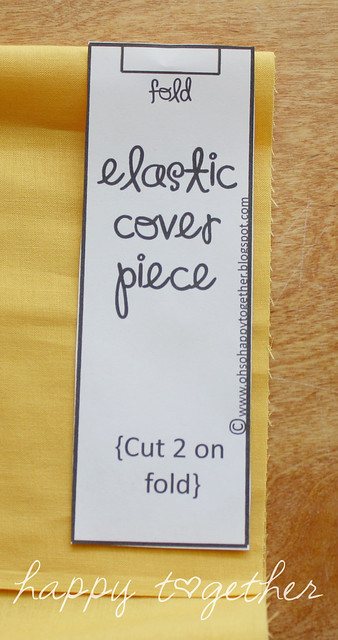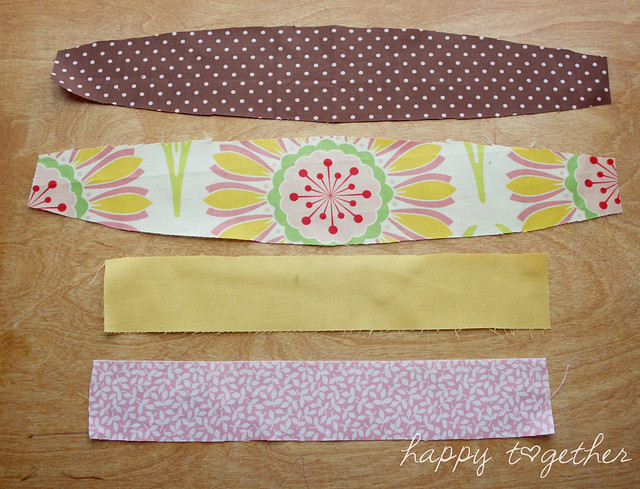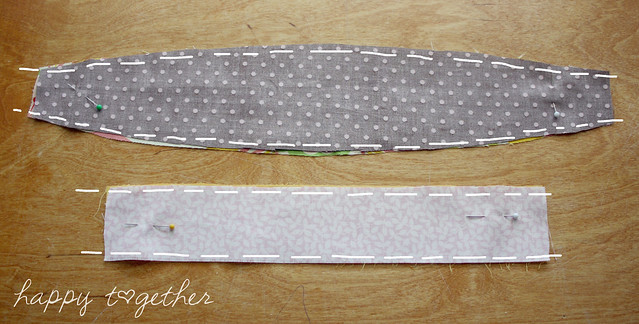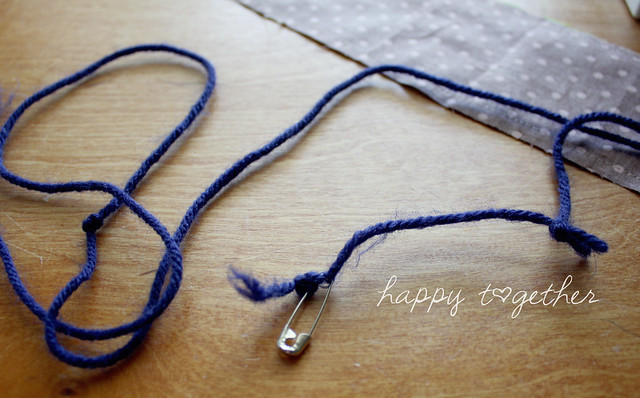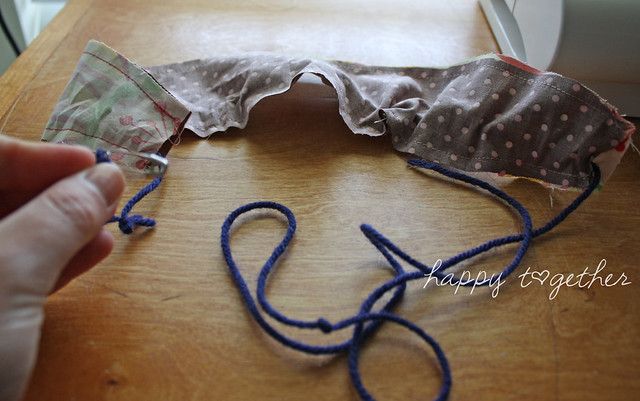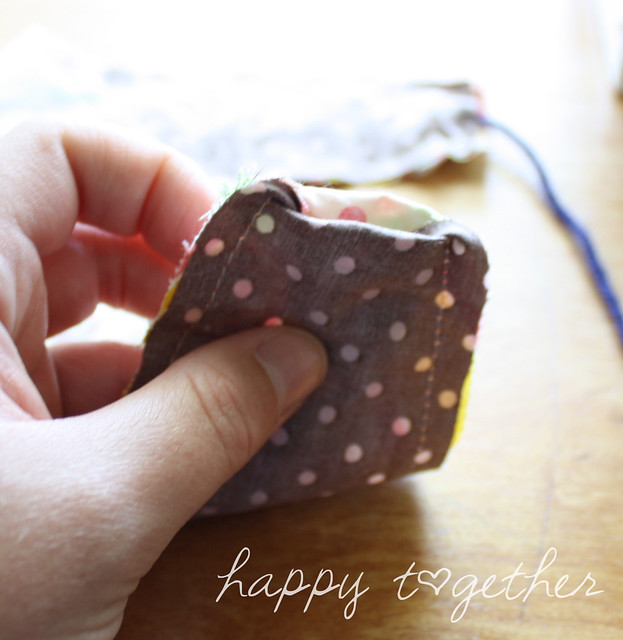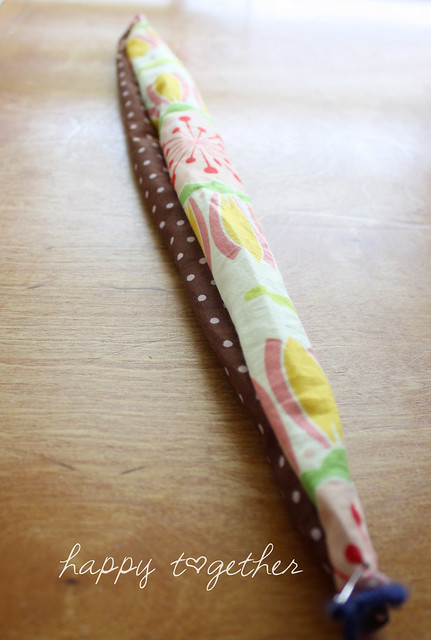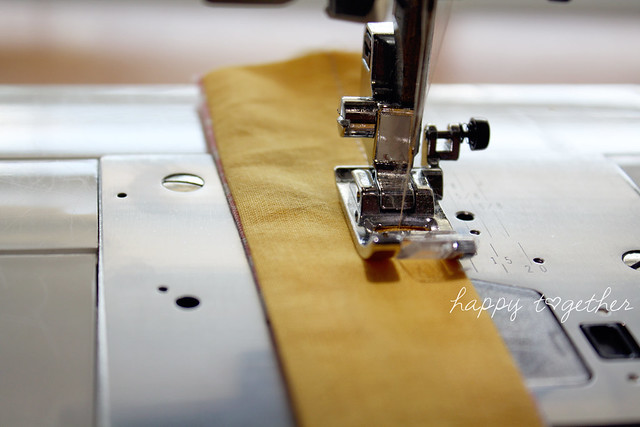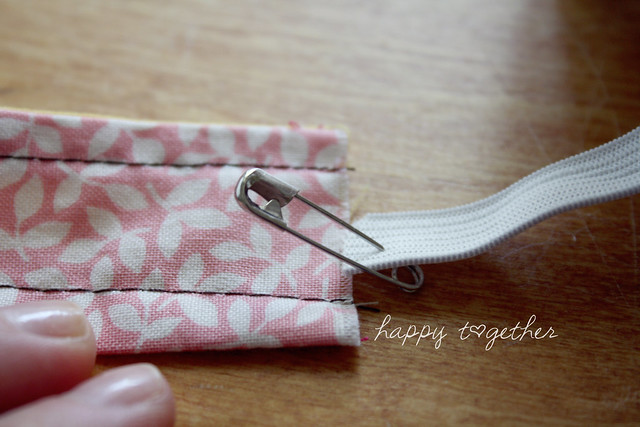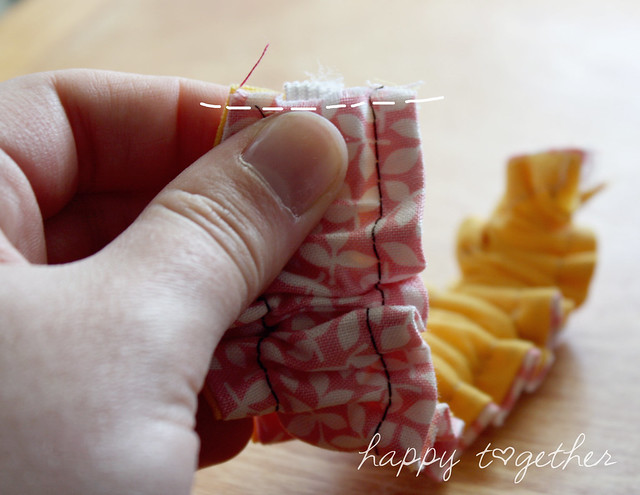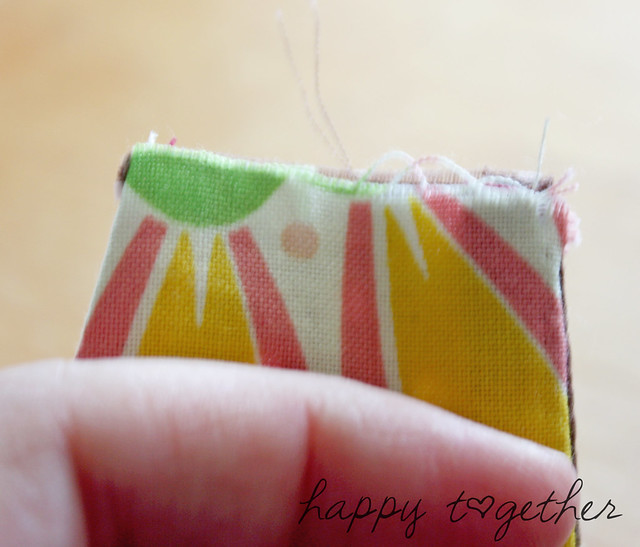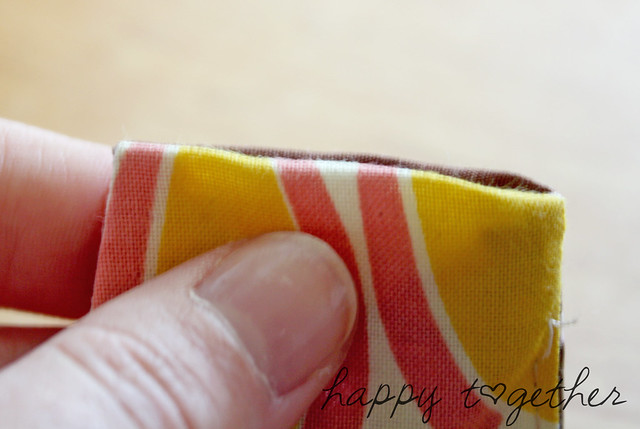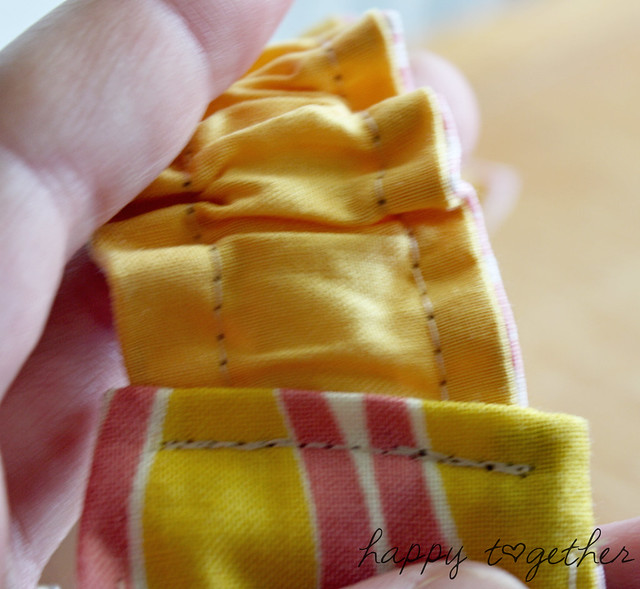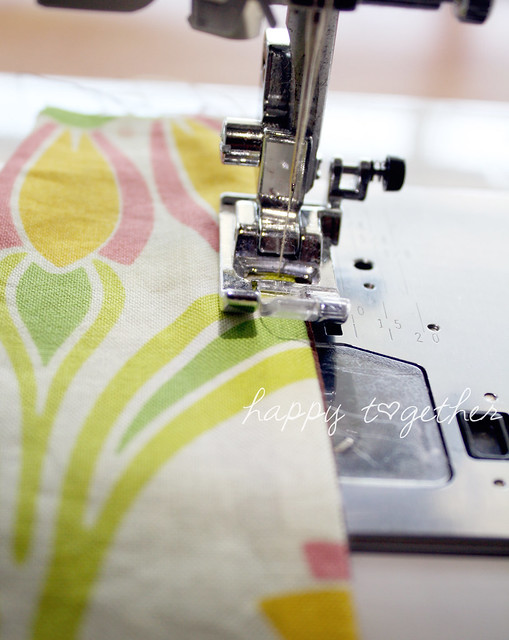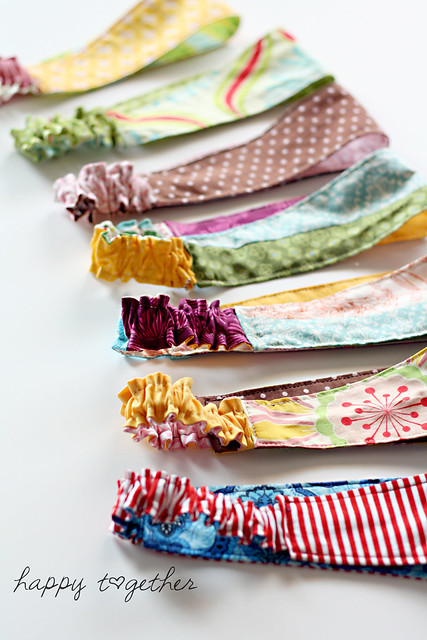| Wisteria Earrings |

We had a huge wall of wisteria along one side of my house when I was a kid and I have always remembered it fondly. Having no room for such a wonder in my current living situation, these will just have to do for now. :-) These earrings look absolutely luscious on and they are very easy to make. It shouldn't take you more than 4 hours to make your first pair and should go even faster with practice.
What You'll Need
- Size A Nymo beading thread or equivalent (white or light green)
- Size 13 beading needle
- 2 earring wires
- About 310 light green transparent size 11 seed beads (less than 1/10th of a hank)
- About 366 pink-lined blue (or any other purple bead) sized 11 seed beads (less than 1/10th of a hank)

The earring is made up of a stem with 5 sets of branches radiating from it. Each set contains 4 branches. Each set is separated from the next by 5 green stem beads.
Begin by tying a single green seed bead to the end of your thread. Leave a nice long tail to weave back in later. I will refer to this first bead and the other beads that serve the same function as the "center bead." Go through the bead once, and pick up 10 more green beads and three purple beads. Go through the back of the last green bead, then through the front of the next two.

Pick up 3 more purple beads and go through the back of the green bead your thread is coming out of and through the next two green beads.

Repeat the previous step 3 more times, for a total of 5 purple loops counting the one on the end. Basically what you are doing is adding a little purple loop to every other green bead starting from the last and working back toward the center bead. After you add the fifth purple loop, go through the first green bead of the ten you originally added. Now re-enter the center bead from the back. You have now completed your first "branch." Make 3 more branches in the same manner as the first so that you end up with 4 branches radiating out from the center bead. Your thread should be coming out of the center bead.
Pick up 14 green beads and 3 purple ones. The first 5 are part of the stem, the 6th green bead will act as the center bead for the next set of branches, the next 8 make up the first branch of the second set. The second set of branches are made the same way as the first, ie go through the back of the last green bead, through the front of the next two, add a purple loop, etc. The only difference is that each branch in this set is 8 green beads long instead of 10 and has only 4 purple loops. Finish off the set by adding 3 more 8-bead branches.
Now we need to add the 3rd set of branches. The branches of each set are two beads shorter than the branches of the previous set, so pick up 5 stem beads, 1 center bead, and 6 branch beads (12 green) plus 3 purple flower beads. This set of branches has 3 purple flower loops per branch.
The 4th set of branches contain 4 branch beads and 2 purple loops per branch and the 5th set contains 2 branch beads per branch and only one loop. Each set is always separated from the last by 5 stem beads. So, whenever you finish a set, pick up 5 stem beads, 1 center bead and however many branch beads are called for in the next set. Add 3 purple beads and you are set to start the first branch of the next set.
Once you finish the 5th set, finish the earring by picking up 5 more stem beads and three purple beads. Go through the back of the fifth stem bead and up through the entire stem to the top. Pick up 2 green beads, your earring wire, and two more green beads go back down through the entire stem, around the purple loop at the bottom and up again through the stem and the loop containing the earring wire. Repeat this circuit through the stem and earring wire loop as many times as you can while still leaving enough room to weave in the tail you left when you started.























